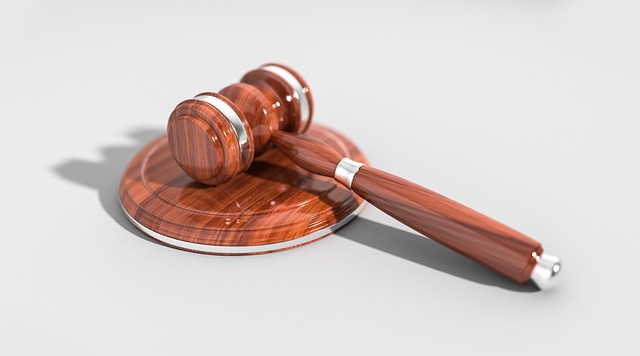Bicycle accident injuries often require distinct insurance coverage due to standard auto policies excluding non-motorized vehicles. Cyclists can opt for standalone policies or addenda to existing home/health insurance. Liability coverage might apply in third-party negligence cases, but exclusions for activities like racing could limit it. Medical attention and reviewing policy terms are immediate steps after an accident. Experienced legal counsel is vital for navigating complex responsibilities, ensuring adequate compensation for bicycle accident injuries, especially against larger vehicles or in commercial disputes.
Are you a cyclist who’s been injured in an accident? Understanding your insurance coverage is crucial. This guide explores how bicycle accident injuries are typically covered by policies, shedding light on common injuries and the claims process.
Learn how to navigate your insurance after a crash, ensuring you’re compensated for legitimate bicycle accident injuries. From understanding coverage to filing claims, this resource equips you with knowledge to protect your well-being.
- Understanding Coverage for Bicycle Accidents
- Common Injuries Sustained in Biking Crashes
- Navigating Claims and Insurance Policies After an Accident
Understanding Coverage for Bicycle Accidents

When it comes to understanding coverage for bicycle accidents, it’s essential to know that insurance policies can vary greatly. Many standard auto insurance policies do not include coverage for bicycle accident injuries, as they often exclude non-motorized vehicles. However, this doesn’t mean cyclists are left unprotected. Several options are available, such as purchasing a standalone policy specifically designed for bicyclists or adding an addendum to your existing home or health insurance policy.
In some cases, if the bicycle accident was caused by another party’s negligence, like a driver who failed to yield or a property owner with poorly maintained premises resulting in a slip and fall, your injuries might be covered under their liability coverage. Even so, it’s crucial to be aware of potential exclusions related to activities like racing or training, which could be considered outside the scope of typical insurance policies. Moreover, partnership disagreements regarding responsibility for medical negligence or other damages stemming from bicycle accidents can also complicate matters, highlighting the need for clear communication and, when necessary, legal counsel.
Common Injuries Sustained in Biking Crashes

Bicycle accidents can result in a range of injuries, some common and others less expected. Typically, cyclists may sustain soft tissue damage, including bruises, sprains, and strains, due to the impact with the ground or nearby objects. Fractures are also prevalent, particularly in cases involving high-speed crashes or collisions with vehicles. Head injuries are another significant concern; wearing a properly fitted helmet can significantly reduce the risk of traumatic brain injuries (TBI) during a fall or collision.
In more severe bicycle accidents, internal organ damage, broken bones, and even fatalities may occur. Additionally, cyclists involved in accidents with trucks or motor vehicles might face unique challenges due to the difference in size and weight between the vehicles. These types of truck accident injuries can lead to complex commercial disputes, especially when liability is in question. An experienced injury lawyer near me can provide guidance on navigating such situations and ensuring that cyclists receive the compensation they deserve for their bicycle accident injuries.
Navigating Claims and Insurance Policies After an Accident

After a bicycle accident, navigating claims and insurance policies can be a complex process. The first step is to ensure that everyone involved seeks medical attention immediately, even if injuries seem minor. This is crucial for documenting any subsequent health issues related to the accident. Next, review your insurance policy carefully; many policies cover personal liability and may provide compensation for bicycle accident injuries, including medical expenses and pain and suffering.
Understanding your coverage depends on factors like your policy’s terms, limits, and deductibles. If you’re in an accident with a vehicle, it’s also important to know that different scenarios have distinct implications. While slip and fall compensation typically focuses on premises liability, truck accident settlements can involve significant financial considerations due to the potential for severe injuries or property damage. Remember, timely communication with your insurance provider is key to ensuring a smooth claims process.
When it comes to bicycle accident injuries, understanding your insurance coverage is crucial. By familiarizing yourself with the types of injuries commonly sustained in crashes and navigating claims processes, you can ensure access to the compensation and support needed for a full recovery. Remember that every policy varies, so carefully review your coverage and seek professional advice when necessary to protect your rights after a bicycle accident.






